I.D. Card for Books|Bookplates Arrived in Taiwan|Bookplates 101 (I)
I.D. Card for Books
Where are bookplates found?
Bookplates are glued into books via paste or glue stick. They can be found on the inside of the cover, endpaper, title page, or copyright page of a book. There are no standard dimensions for bookplates, but they are always smaller than the books they mark. Each bookplate is a declaration of ownership of the book it is included in.
How are bookplates made?
Bookplates are small works of printmaking. From the most common woodcut prints to the popular digital prints of recent years, bookplates can be made in various ways. The techniques used to create bookplates include: relief, intaglio, planographic, and screen printing. Different printing methods and techniques create bookplates of drastically different styles.
.jpg)
Hedgehog bookplate|This bookplate, owned by priest Johannes Knabensberg, is from 15th-century Germany. The text reads, “Hanns Igler das dich ein Igel küss” warning potential thieves or those who would otherwise harm the book that “a hedgehog will kiss you.” (From Ex Libris: A Special Chronicle of Bookplates from Taiwan and Japan / Collection of the National Museum of Taiwan Literature)
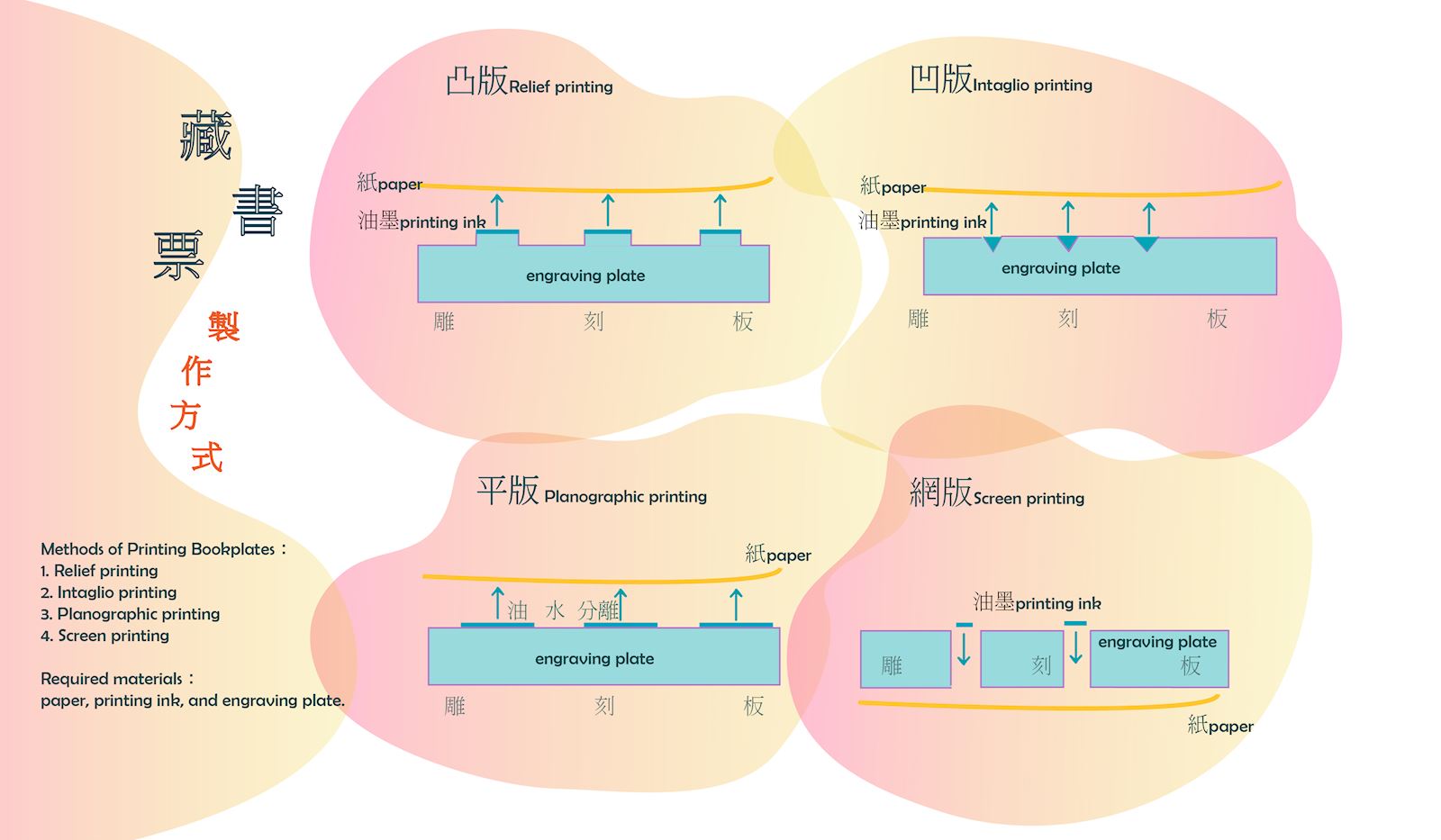
Bookplates Arrived in Taiwan
Japan was the first country in Asia to come in contact with bookplates. The study of Western civilization and customs was encouraged during the Meiji Restoration period. Many Japanese students studied abroad in Europe and North America, bringing bookplates back home with them.
The Taiwan Aisho Association was established in 1933, the eighth year of the Showa era, coinciding with the period of Japanese rule in Taiwan. In the first-ever issue of the journal Aisho, the association's director, Kawamura Toru, published the article “Bibliophilia,” the first example of bookplates mentioned in writing. Nishikawa Mitsuru, editor of the second volume of Aisho, decided to put Director Kawamura's bookplate on the journal's title page, thus sowing the seeds of bibliophilia in Taiwan and becoming an important advocate of bookplates during Taiwan's Japanese occupation period.
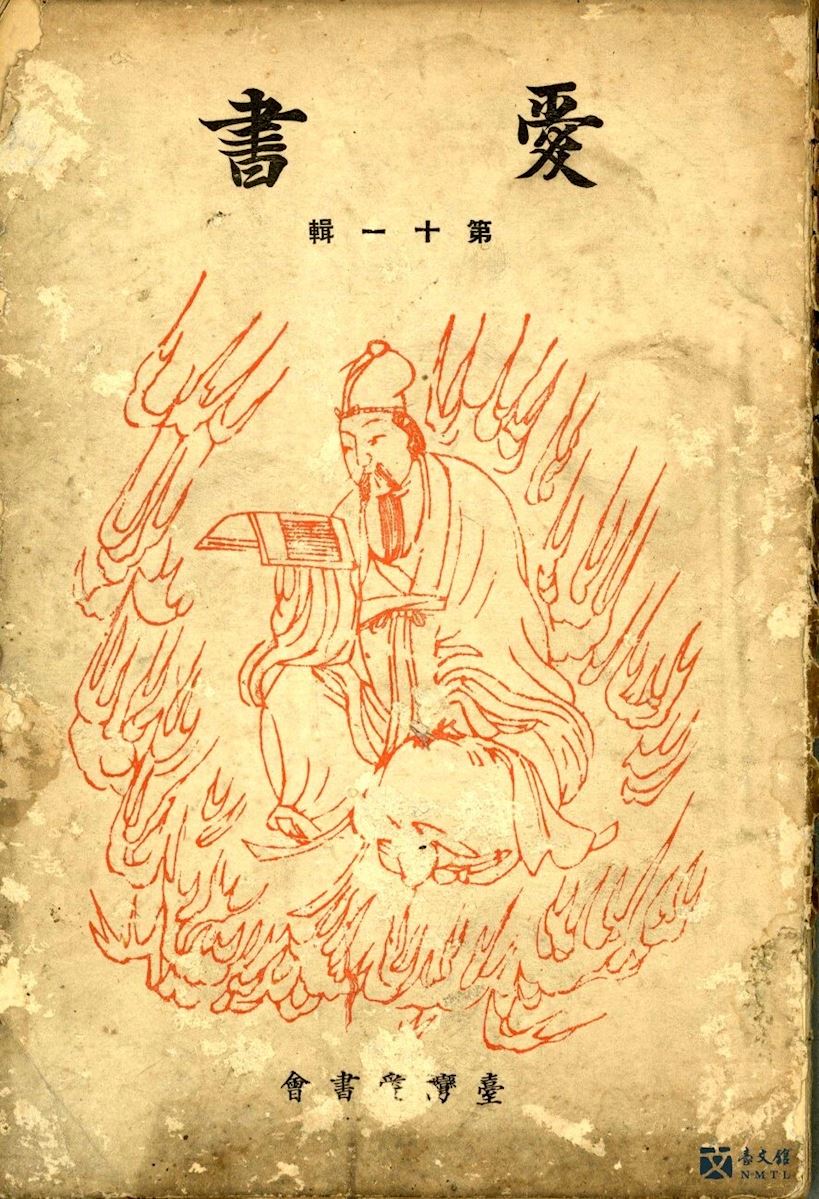
Aisho 11th issue|The 11th issue of the journal Aisho as published by The Taiwan Aisho Association. (Provided by Huang De-shi / From the National Museum of Taiwan Literature permanent collection)
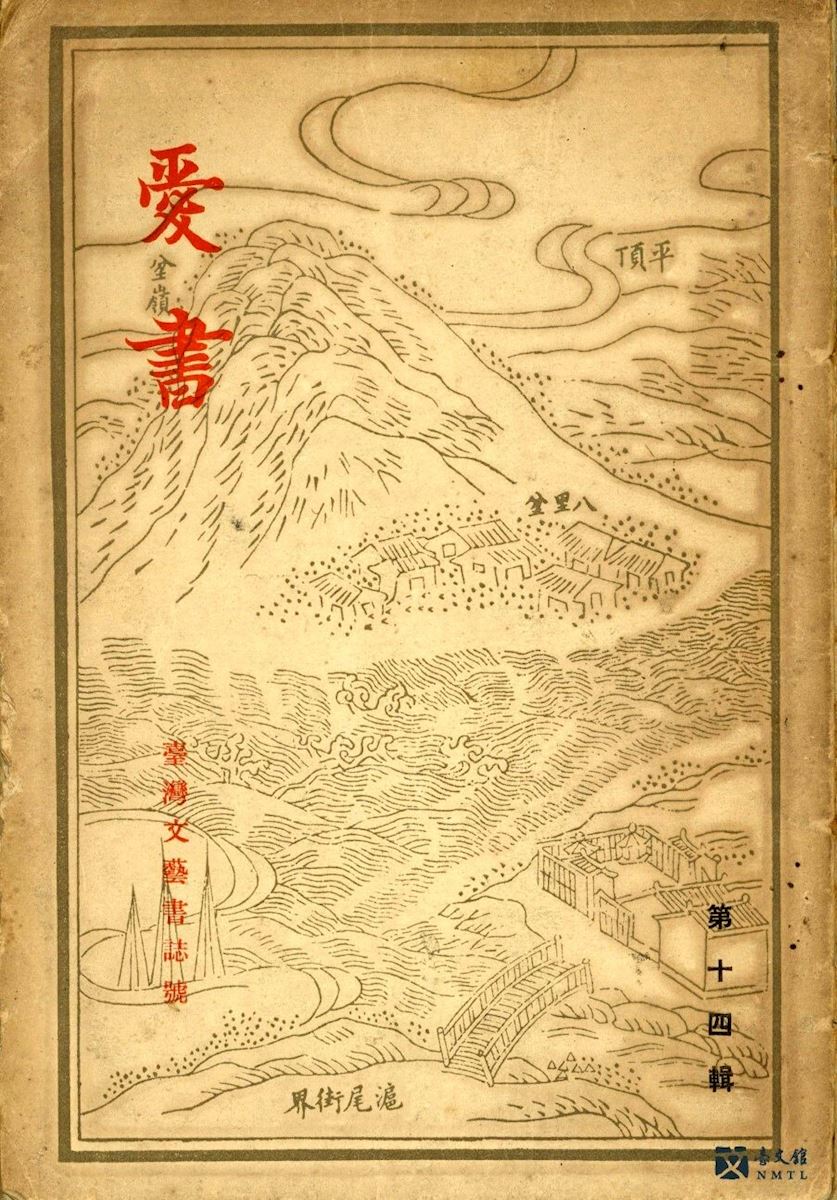
Aisho 14th issue|The last copyright page of the 14th issue of the Aisho journal. (Provided by Huang De-shi / From the National Museum of Taiwan Literature permanent collection)
Bookplates 101 (I)
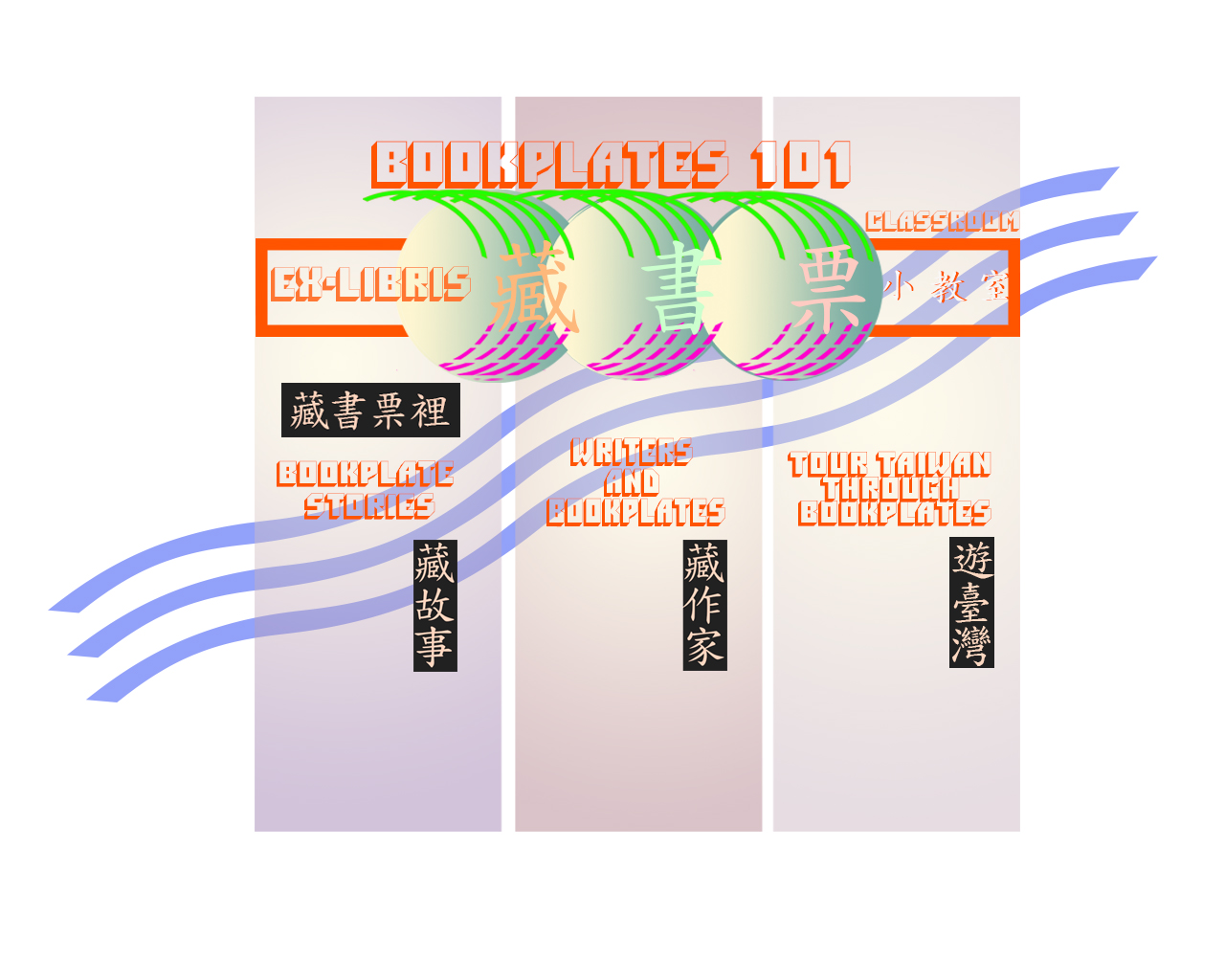
Bookplate Stories—— Don Quixote
“Tragedy belongs to man, but comedy is sacred.” According to Cervantes, the protagonist of Don Quixote embarks on a fantastical knight's quest due to his love for knight literature. With “justice” as his motive, he embarks on adventures where he confuses a peasant woman for a queen, an inn for a castle, a flock of sheep for an army, and a windmill for a giant stepping forward to wrestle with him. In the end, Don Quixote is left beaten black and blue by the windmill.
How much are his delusions based in sobriety, and how much in confusion? In this story of fantasy that ends in disillusionment, is it Don Quixote or the reader who is awakened to the truth?
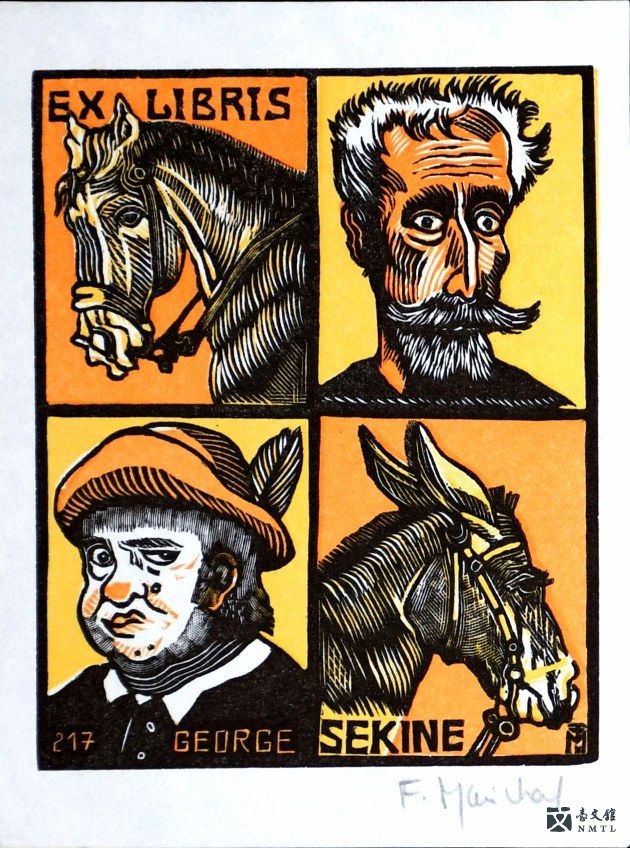
Bookplate Stories–Don Quixote 4|Don Quixote, his horse and his squire, Sancho, and Sancho's donkey. (Provided by George Sekine / From the National Museum of Taiwan Literature permanent collection)
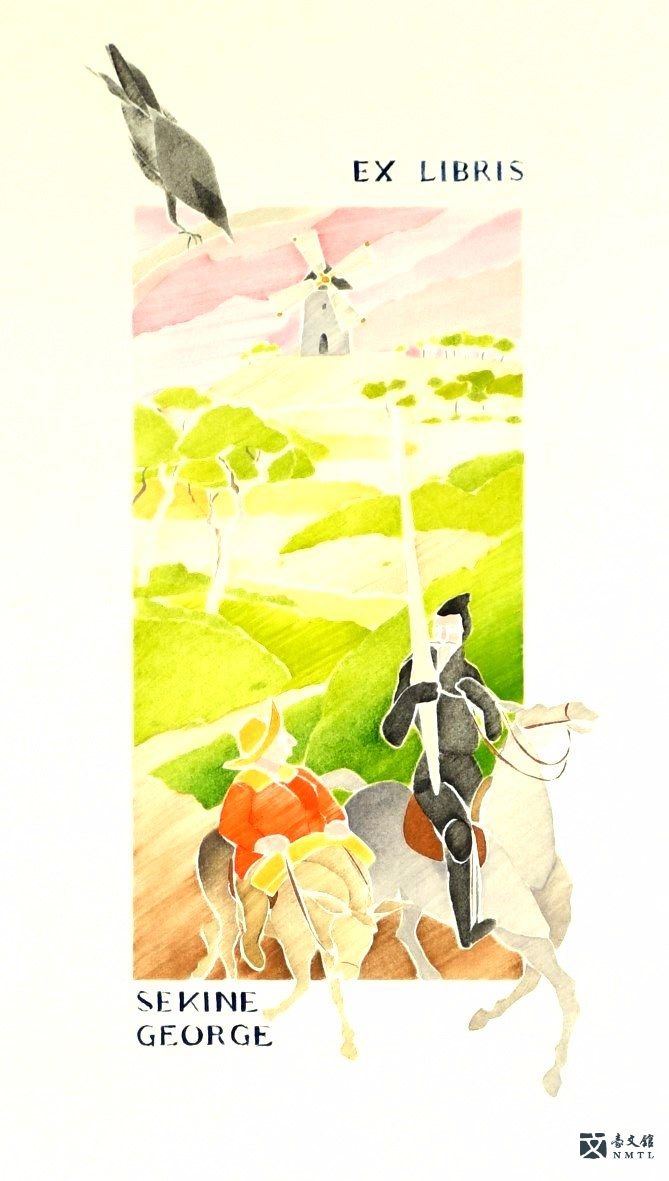
Bookplate Stories– Don Quixote 31|Don Quixote mistakes a windmill for a deformed giant. After their defeat, Don Quixote and his squire Pancho flee from the windmill. (Provided by George Sekine / From the National Museum of Taiwan Literature permanent collection)
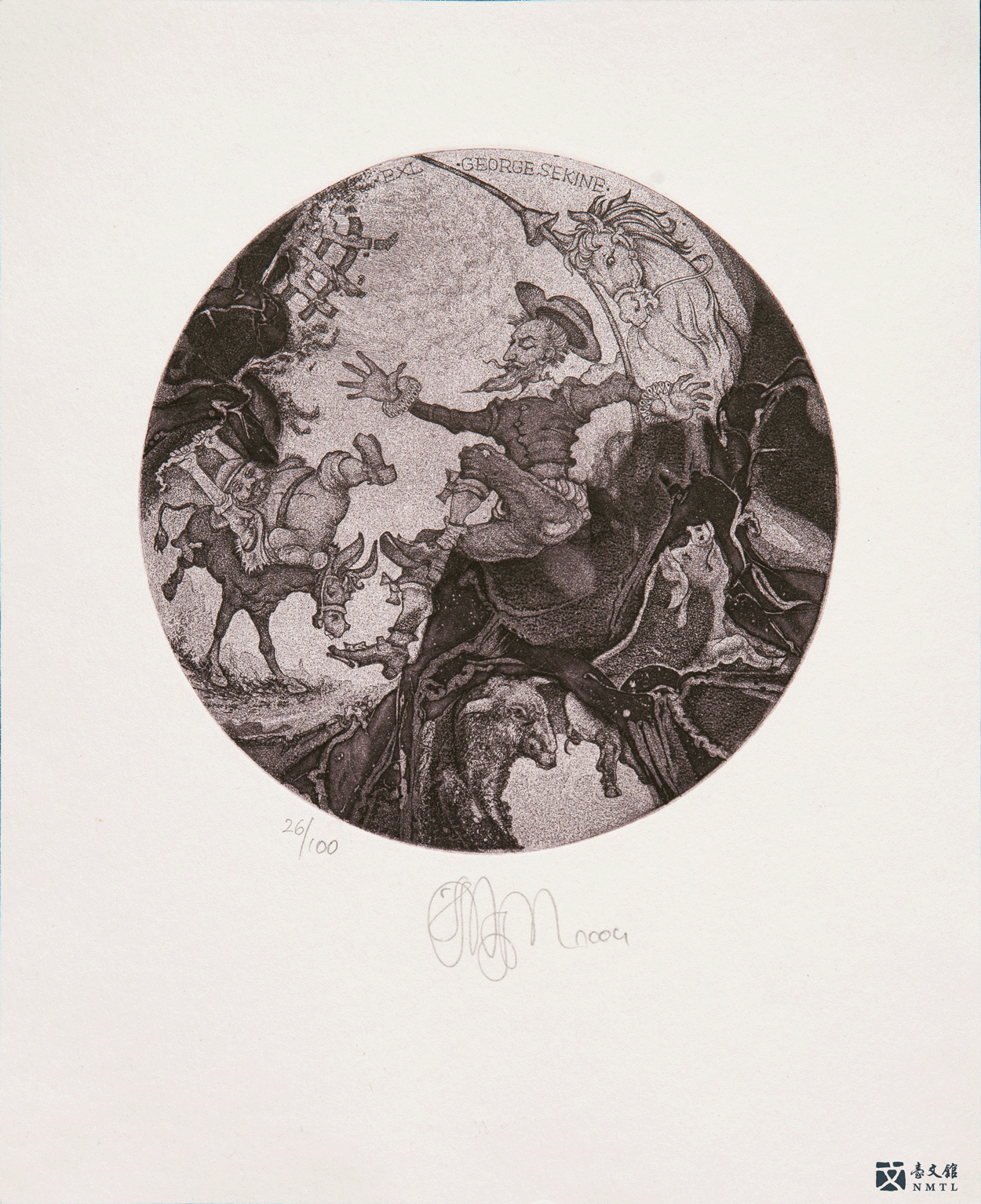
Bookplate Stories – Don Quixote 12|Don Quixote mistakes a flock of sheep for enemy troops. A young shepherd fires a slingshot at him to stop his mad behavior. After being struck and injured by the stone, Don Quixote falls off his horse. (Provided by George Sekine / From the National Museum of Taiwan Literature permanent collection)
Writers and Bookplates—— Edogawa Ranpo
Edogawa Ranpo (October 21, 1894 – July 28, 1965) was a pioneer of mystery fiction. He is sometimes known as the “father of Japanese detective fiction” or by the honorific title, “Dairanpo.” Edogawa Ranpo's legacy has had a profound influence on future generations, and traces of this legacy can be seen in the best-selling manga series “Detective Conan.”
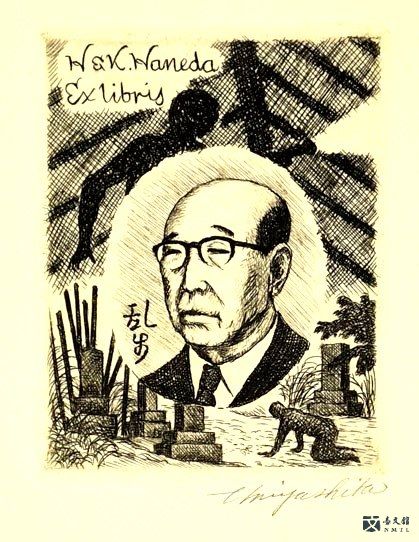
Edogawa Ranpo Bookplate|The portrait of Edogawa Ranpo was printed by Tokio Miyashita and collected by Mr. Haneda Hisao. (Provided by Yasuyuki Sasaki / From the National Museum of Taiwan Literature permanent collection)
Tour Taiwan through Bookplates—— Tainan Railway Station
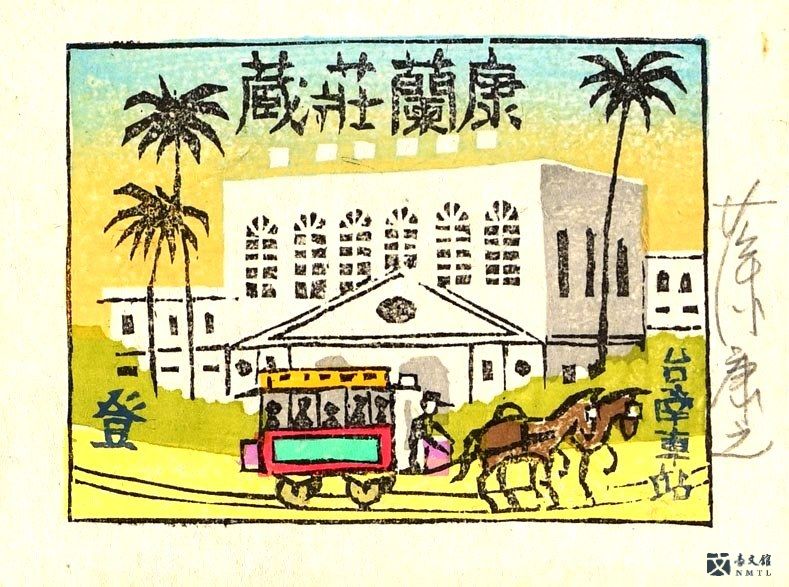
Tainan Railway Station Bookplate|Engraving of Tainan Railway Station by Yamataka Noboru, collected by Sasaki Yusuyuki. (Provided by Yasuyuki Sasaki / From the National Museum of Taiwan Literature permanent collection)








